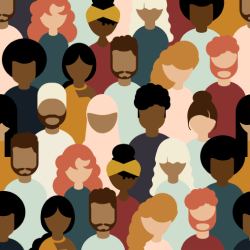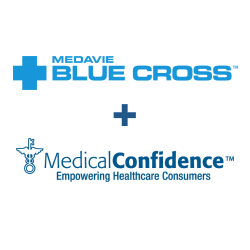You can’t have healthcare system efficiency unless there’s equity
We tend to forget in our rush to make our healthcare systems more efficient that, at its core, patient navigation is about equity.
Today, Canada’s cancer care system uses patient navigators extensively. But the system doesn’t use them for all cancer patients who are treated by hospitals. That’s not equity. Nor does it use patient navigation for patients with heart disease, diabetes or other seriously threatening conditions. That’s not equity either.
It turns out that Indigenous Canadians, the victims of inequity on so many other fronts, are also often marginalized when it comes to using our healthcare system, which is all of ours. In fact, any minority of Canadians tends to be discriminated against when they walk through a hospital door. Addicts, people who are extremely obese, the elderly are too often marginalized by doctors and nurses.
The tragic irony, of course, is that the very people who are least able to access the system, who are most unaware of its protocols and shorthand, are the ones who need the most help.
I’ve advocated loudly that patient navigators should be paired with patients for nearly all major diseases and procedures, from heart disease and diabetes to hip replacement and the whole range of mental illnesses.
The benefits to the system would be profound and immediate. The rule of thumb emerging from US cost-benefit studies around patient navigation is that for every dollar spent on a patient navigator, the system itself saves 10 dollars. I have every reason to believe those ratios are similar in Canada.
I say this because our own patient navigators are able to access treatment for our clients 220 days sooner on average than patients without navigators. Those patients also come off disability six months sooner on average, saving their employers many thousands of dollars.
But that’s about efficiency.
In our pursuit of equity, let’s not forget how Canada’s public health care system was founded.
Back in 1961, Tommy Douglas, the Premier of Saskatchewan, rammed through the world’s first ‘free’ public healthcare plan. He did it over the fierce objections of the other parties and of the province’s doctors. In fact, the doctors’ went on strike.
But Douglas believed that governments owed their citizens a reasonable standard of living and access to basic healthcare services.
Douglas said: “I felt that no boy should have to depend for his leg or his life upon the ability of his parents to raise enough money to bring a first-class surgeon to his bedside.”
Within 10 years of the doctors’ strike, free public healthcare was available in every province.
So let’s think of who today’s healthcare system isn’t serving, and see if patient navigation can help them – first.
I ask this because so many of the determinants of Canadians’ health are social.
Canada Health describes the 12 main determinants of our health. Of these, only one of them is linked to our genetic makeup. The other 11 are based on our position with Canadian society. They can be modified. But they can also be unfair. They are income and social status, employment and working conditions, education and literacy, childhood experienced, physical environment, social support and coping skills, gender, culture, race and racism, and finally, access to healthcare.
It doesn’t take a pandemic to reveal just how unfair these disparities can be. Just take “access to healthcare” and remember how profoundly this lack of access has created such tragic results for so many Canadians, from dreadful conditions for our oldest citizens in long-term care homes, to few or no vaccines to citizens in our poorest communities.
It’s little wonder so many marginalized Canadians distrust our healthcare system and hesitate to use it when it’s medically necessary.
But here again, patient navigators can build bridges. They come from both worlds. They are insiders in the healthcare system. They’re also caring advocates for their patients. They are the honest broker between the system and people who face barriers in using the system, from language issues to taxi fare to the hospital.
Today, navigators play a central role in bringing together the healthcare provider and the patient who needs that care.
In the months to come, as we look to reform the system that has not served us well during the pandemic, patient navigators can step up to play a major role in diminishing the built-in inequities within our system.
In fact, on May 19th, we’re sponsoring a virtual event with the Globe and Mail’s Andre Picard on digital solutions to making our healthcare system more equitable. I urge you to sign up and tune in to this free event.





